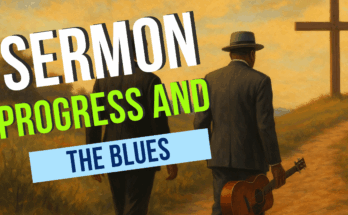As an Amazon Associate I earn from qualifying purchases.
The next pattern from preaching that we find in the book Preaching Patterns by Ronald Allen is Eugene Lowry’s pattern of a Homiletical Plot.
In this pattern we approach the sermon much like a novel or story. Events and things happen one after another and they all influence each of the other parts of the sermon. This is a “plot.” The central component of the sermon is tension. You begin the sermon with a problematic component and the sermon moves towards a resolution of that problem.
Steps in the Method
There are five major “moments” of the sermon. The first is the Oops: upsetting the equilibrium. Here the preacher introduces the main issue or problem of the sermon. This is the itch of the sermon.
The second moment is the Ugh: The Plot Thickens. Here the preacher looks analytically at the issue described in the first moment. Here the preacher gives a deeper understanding of the problem. Allen notes that this is an analytical component.
Next there is the Aha: Disclosing the clue to resolution. Here the preacher begins to turn the corner. Now we begin to look at how the Gospel will address this issue. We begin to get a hint of the Gospel resolution.
Then we have the Whee: Experiencing the Gospel. Now the preacher takes that Gospel kernel of the previous step and applies it directly to the people’s situation. This is the total resolution of the issue by the Gospel.
Finally we have the Yeah: Anticipating the Future. Here we look at how this resolution by the Gospel will affect the communities future.
Analysis
The strengths of the sermon is that it allows the people to name and analyze issues in the life of the congregation. This is an important component in that some people do not adequately address real issues. In addition many sermons have a superficial “celebration” without a real understanding of what it is that they have to celebrate.
Another component of the sermon type I like is that it has tension built in which will keep people on board. One might think that such a structure would get routine after a while. And certainly in the hands of a practitioner who is not skilled it could become routine, but story plots much like this are used over and over again with people coming back for more.
I think that the key to effective use of this form is to really address a real problem. Analyze that problem fairly and then show how the gospel addresses that very problem. If you address real issues with the Gospel then there should be little issue.
Amazon and the Amazon logo are trademarks of Amazon.com, Inc, or its affiliates.





